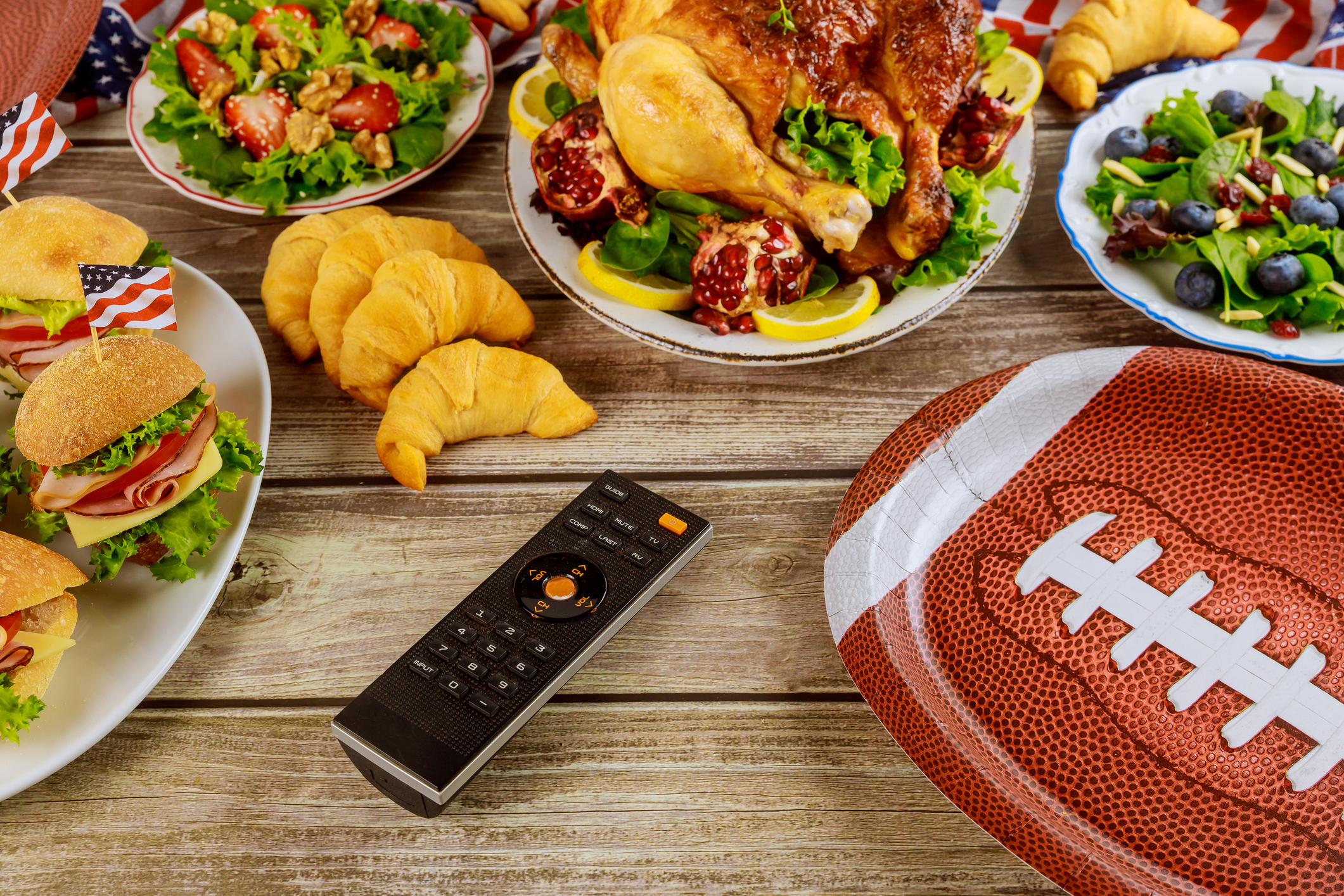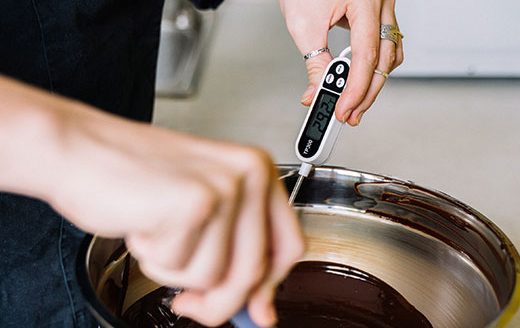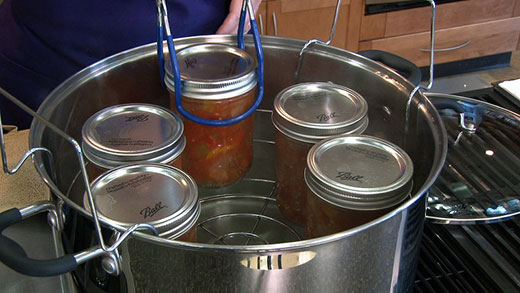Blakeslee reminds us how to keep our Big Game snacks safe
Super Bowl Sunday is right around the corner, and many families around the U.S. are looking forward to enjoying delicious food and snacks during the game.
Kansas State University food safety expert Karen Blakeslee urges party-goers to keep food safety in mind during large gatherings.
“The last thing you want on Super Bowl Sunday,” she said, “is for you or your guests to fall ill because of food.”
Blakeslee’s food safety tips include:
Food Prep
The best and easiest thing you can do to eliminate contamination of food is wash your hands.
“Wash your hands often,” Blakeslee said. “Keep prep tools and surfaces clean to reduce cross contamination.”
Cooking
Use a food thermometer to assure meats are reaching the correct internal temperature. The three temperature rules are:
- 165 degrees Fahrenheit for all poultry.
- 160 F for ground meat.
- 145 F for steaks, roasts, and chops.
Serving
After cooking food to the correct internal temperature, Blakeslee said it’s important to keep it at the correct temperature.
“Keep hot foods hot and cold foods cold,” she said. “Food held between 40-140 F can allow bacteria to grow and (should be) ejected from the game!”
Chicken wings, one of the most popular Super Bowl snacks, should be held above 140 F. Blakeslee recommends using slow cookers, hot plates or chaffing dishes for hot foods, and placing serving dishes on ice for cold foods.
Post-Serving and Storage
“Like the quarterback watches the game clock, you should keep time on how long perishable food sits at room temperature,” Blakeslee said. “Don’t get a delay of game penalty for leaving food out for more than two hours!”
Blakeslee recommends making a plan to spread out serving times of different foods to reduce the time they sit at room temperature. “It is easy to be distracted by the game,” she said, “so draft up your plan beforehand.”
Delivery
If you opt for food delivery to save the time and stress of food preparation, there are still some food safety factors to keep in mind. Blakeslee advises to ask questions about the food being delivered, make sure someone is home to receive the food, examine the package for damages, and follow any instructions, such as ‘Keep Refrigerated.’
“Following all these tips will guarantee you a winning game for food safety,” she said.
Blakeslee, who is also the coordinator of K-State’s Rapid Response Center for Food Science, publishes a monthly newsletter called You Asked It! that provides numerous tips on being safe and healthy. More information is also available from local extension offices in Kansas.




